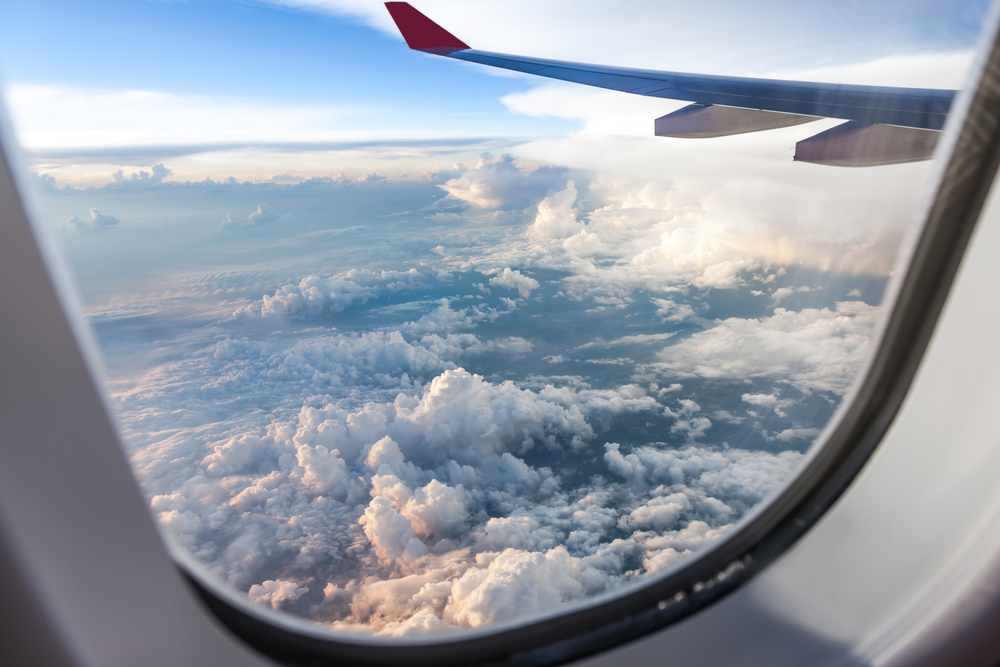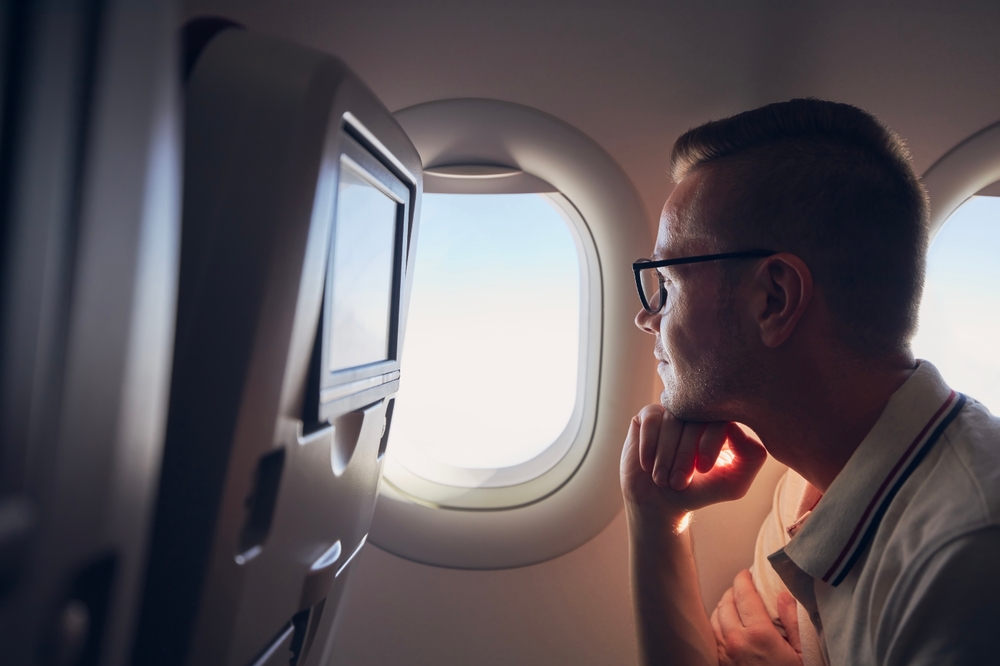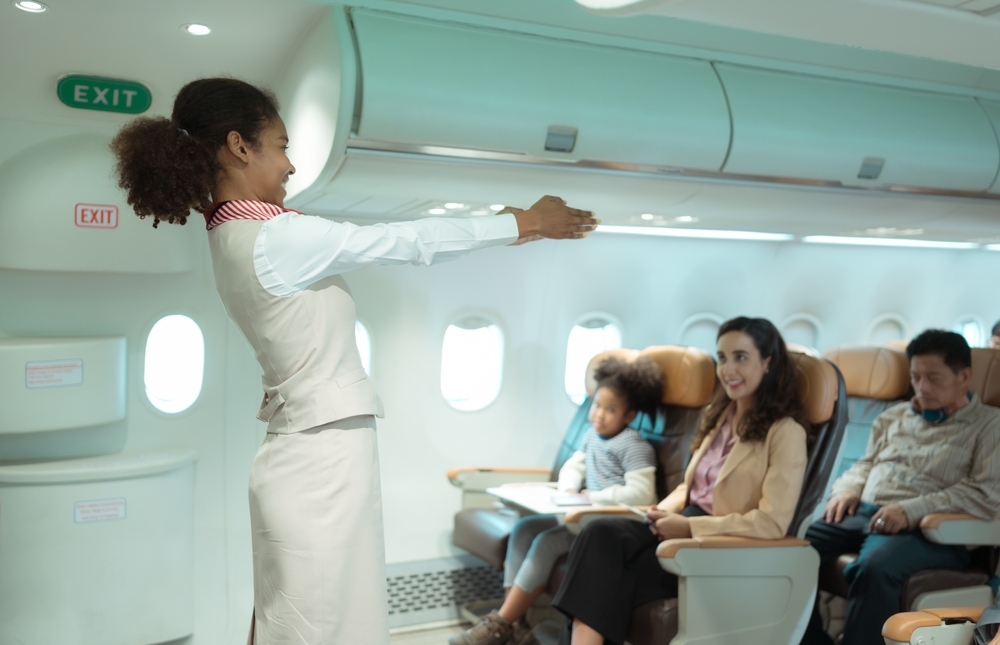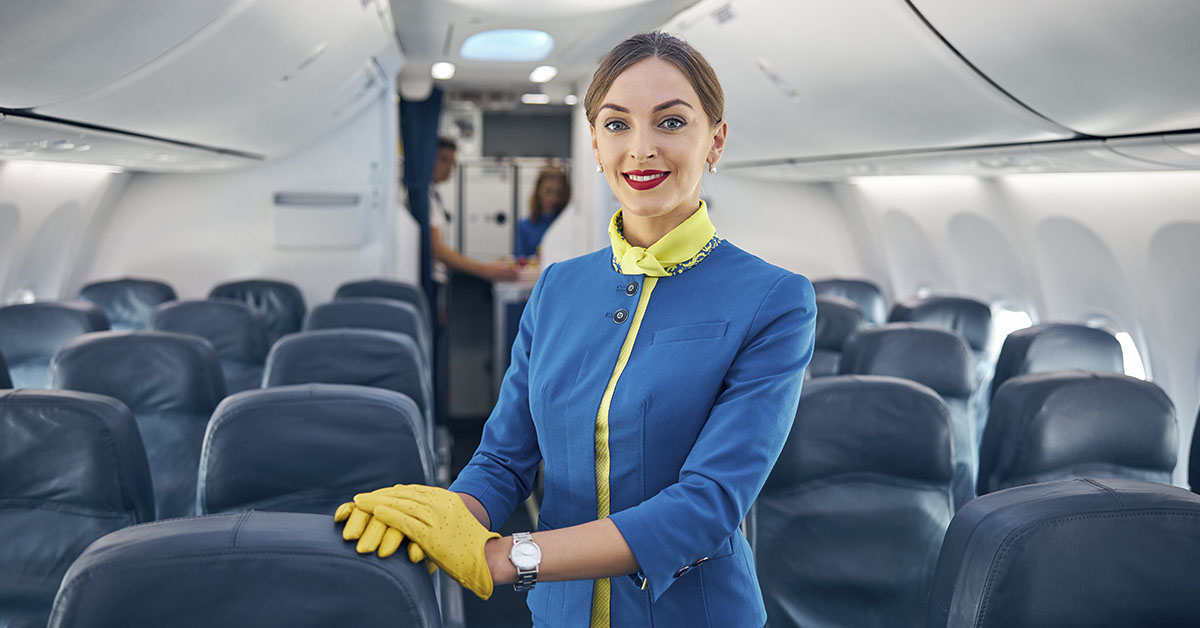If you’ve flown recently and glanced up near your airplane window, you might have noticed a small black triangle above certain seats. Most passengers overlook it, assuming it’s just another cabin detail. However, flight attendants and aviation professionals know this symbol serves a specific and vital function. The black triangle on plane seat isn’t decorative, it plays an active role in ensuring flight safety.
This tiny sticker points to one of the most important seats on the aircraft. It helps the crew quickly locate the best vantage point for visually inspecting the wings during flight. Whether you’re a frequent traveler or flying for the first time, understanding the meaning of the black triangle on plane seat reveals how every detail in aviation has a purpose.
In this article, you’ll learn what these triangles mean, how crews rely on them, and why many travelers now prefer these seats. You might even want to choose one the next time you book a flight.
What the Black Triangle Really Means

The black triangle on plane seat marks a “wing inspection seat.” Flight attendants use these seats to get a clear view of the plane’s wings. When something seems off, like a strange noise or possible icing, they don’t waste time searching. They go straight to these marked seats and look out.
From that position, crew members can observe the wing’s flaps, slats, and ailerons. These moving parts control the aircraft’s stability and performance. By checking them quickly, attendants can alert the pilots if something looks unusual.
Instead of relying entirely on automated systems, airlines still value human judgment. And in some cases, a direct look at the wing provides the fastest way to confirm a problem, or put concerns to rest.

Why Visual Wing Checks Still Matter
Modern planes include advanced systems to detect most issues. However, some conditions, especially those related to weather, still require human observation.
For instance, icing on the wings remains a serious concern. Even a thin layer of ice can affect lift and cause dangerous changes in performance. Planes use de-icing equipment, but that doesn’t eliminate the need for manual checks. That’s when crew members go to the black triangle on plane seat for a closer look.
From there, they can spot frost, assess damage, or confirm whether systems like de-icers work correctly. Then they report what they see to the cockpit, helping the pilots make informed decisions.
This process combines technology and human insight, an approach that keeps flights safer and more responsive to unexpected conditions.
Why Passengers Love the Triangle Seat
While the black triangle on plane seat helps with inspections, it also attracts a growing number of aviation fans. These seats offer the clearest, most symmetrical view of the aircraft’s wing. For travelers who love snapping photos or watching wing mechanics in motion, this seat becomes the perfect pick.
Some even call it “William Shatner’s seat,” referencing a famous Twilight Zone episode where his character sees a creature on the wing. While there’s no gremlin to spot today, you’ll enjoy stunning views of the clouds, flaps, and engines.
If you enjoy photographing takeoffs and landings or watching the mechanical parts shift during flight, consider booking this seat next time. The view rarely disappoints, and now you’ll know why it exists.

Not All Planes Use Triangle Markers
Before you start scanning every window, keep in mind that not every plane features a black triangle on plane seat. Airlines don’t follow one universal standard, and aircraft design varies.
Narrow-body jets like the Boeing 737 or Airbus A320 often include these markers because they have limited rows with ideal wing views. On the other hand, wide-body aircraft may offer more flexibility, making the triangle unnecessary.
Some airlines use different shapes, colors, or no symbols at all. If you want to find one, check the seat map before your flight or look above the window rows when you board. Spotting the triangle means you’ve found one of the most useful seats in the sky.
How Flight Attendants Use the Triangle
Flight attendants rely on the black triangle on plane seat as a quick reference during unexpected situations. Instead of roaming the cabin or guessing which seat gives the best view, they head directly to the triangle.
Training programs teach crews how to identify these seats and perform visual checks efficiently. During turbulence, icing, or mid-air noise reports, they inspect the wings from these spots, often without alerting passengers.
This fast, focused action ensures safety without disrupting the cabin. It also highlights how even small design choices play a part in keeping flights smooth and secure.

A Small Sticker With Big Significance
Next time you board a flight and see the black triangle on plane seat, remember it’s not there by chance. It points to a key location that helps flight attendants keep passengers safe. At the same time, it offers window lovers the best possible view of the aircraft’s wings in action.
This little triangle represents something bigger, it shows how airlines blend human intuition with technical precision. Even in today’s high-tech cabins, simple tools like visual checks still matter.
So if you find yourself under one of these triangles, take a moment to look out and enjoy the view. You’re sitting in a spot trusted by aviation pros and cherished by travel fans alike.
Read More: Flight Attendant Reveals Why Cabin Says Hello As You Board, and It’s Not What Think

